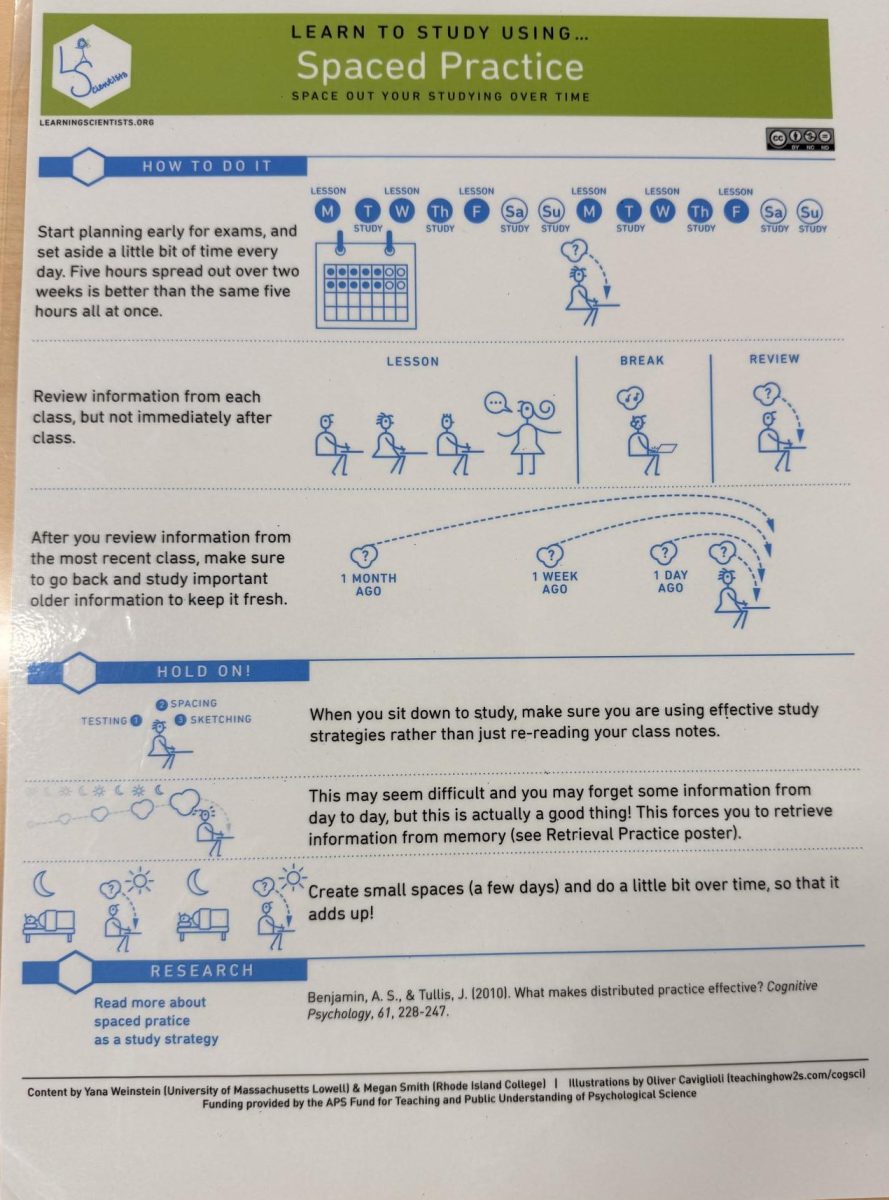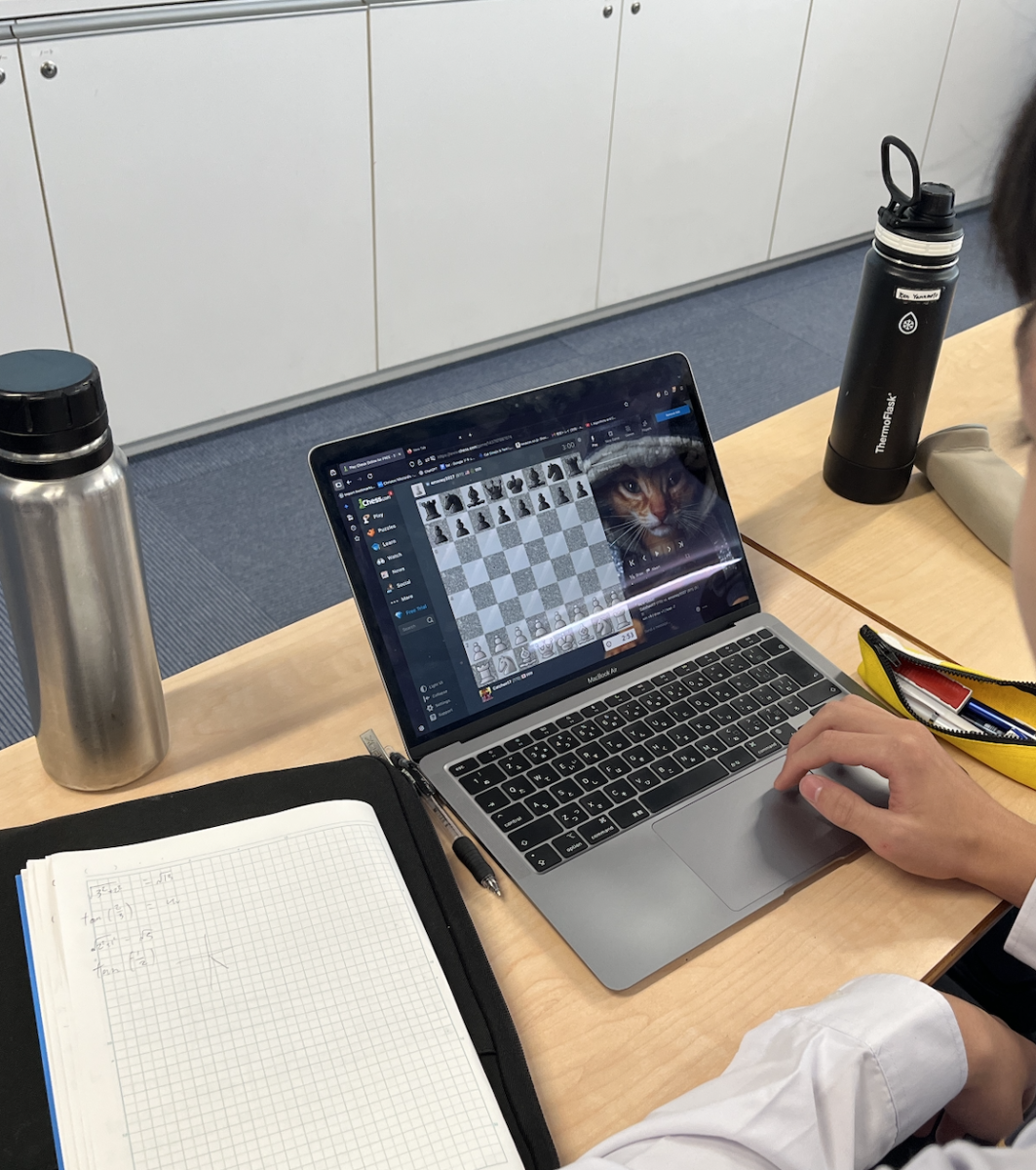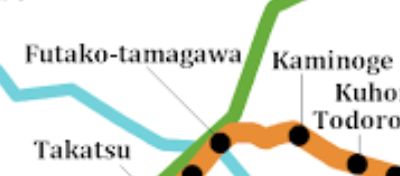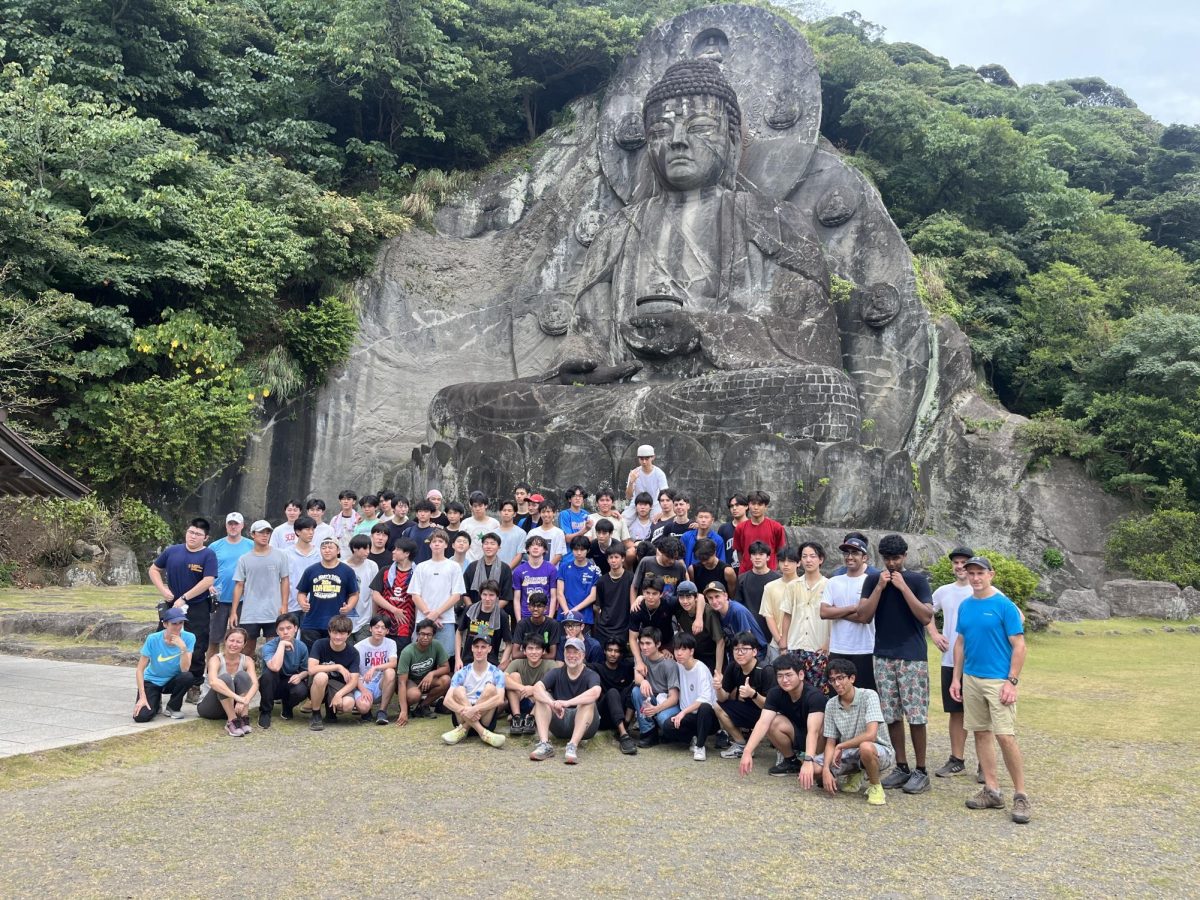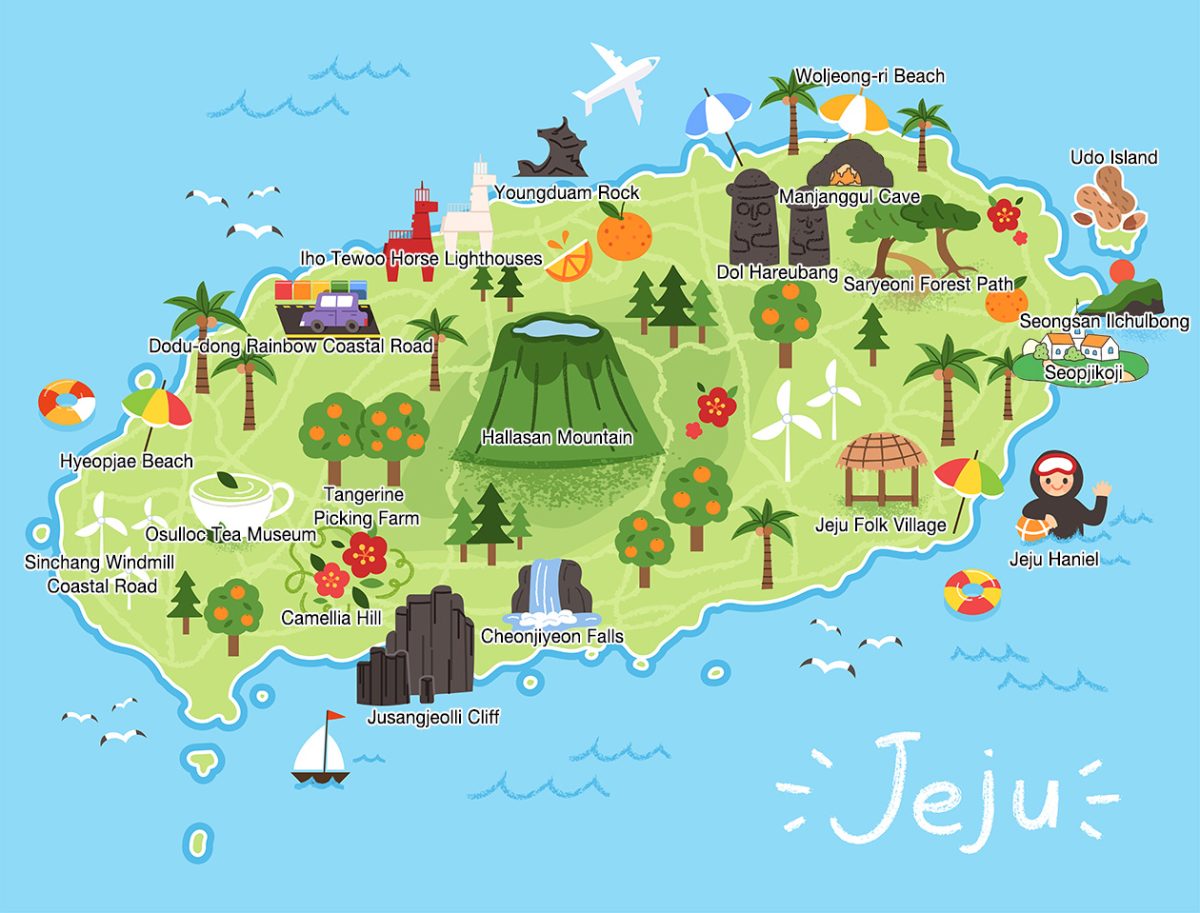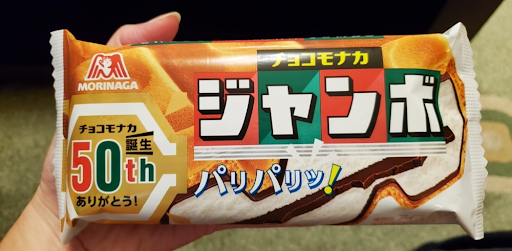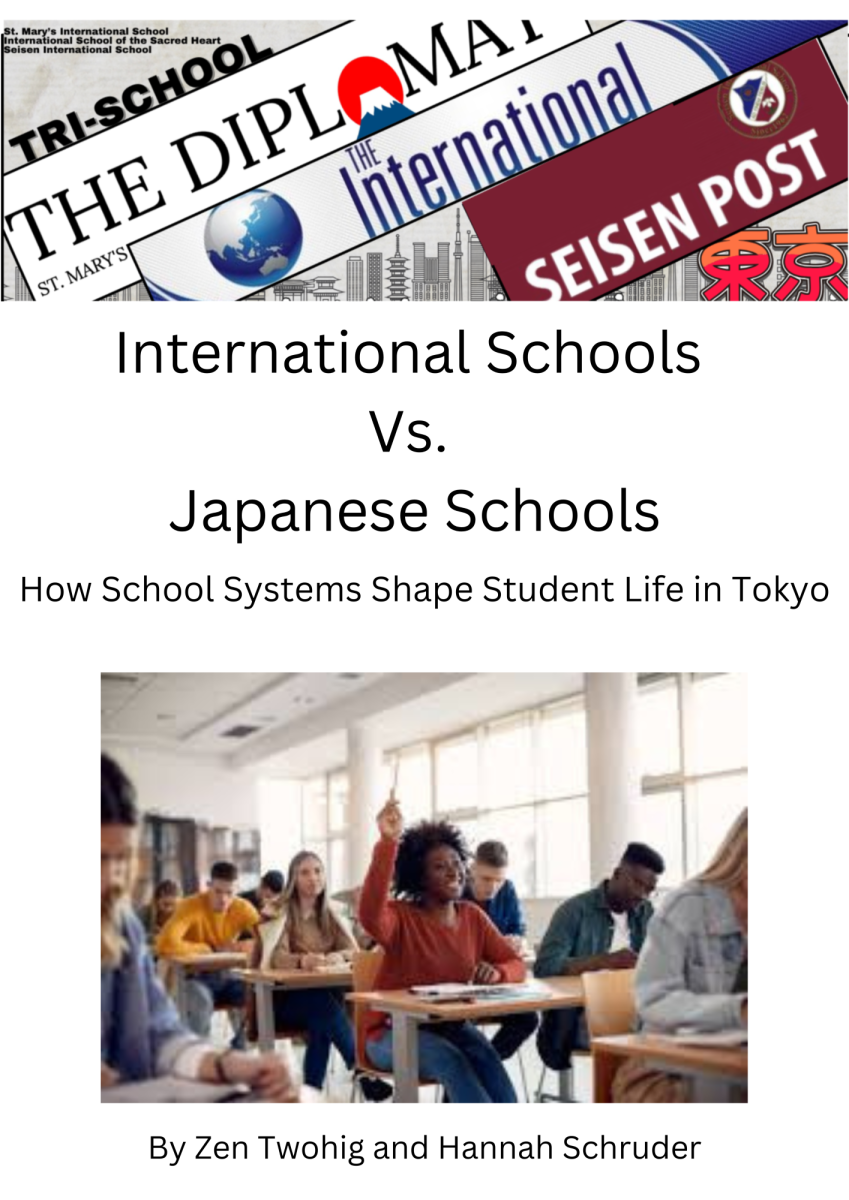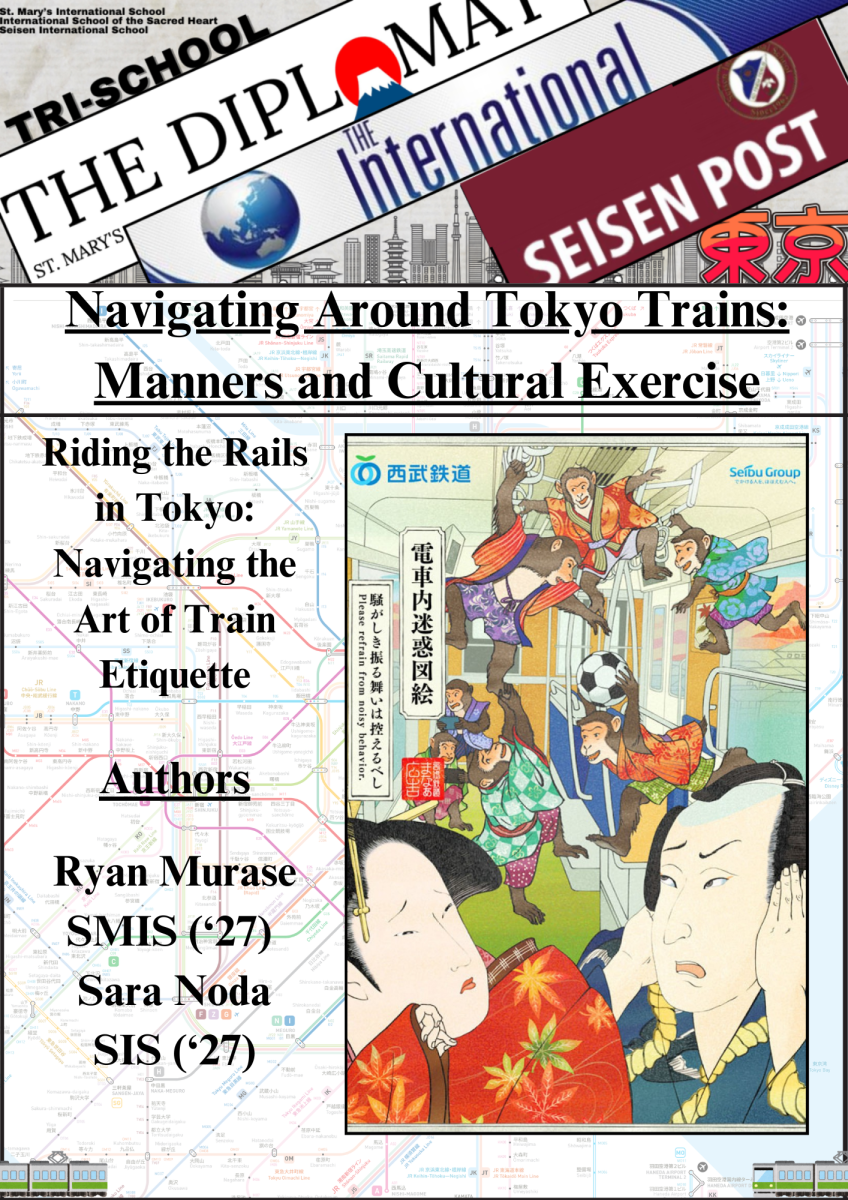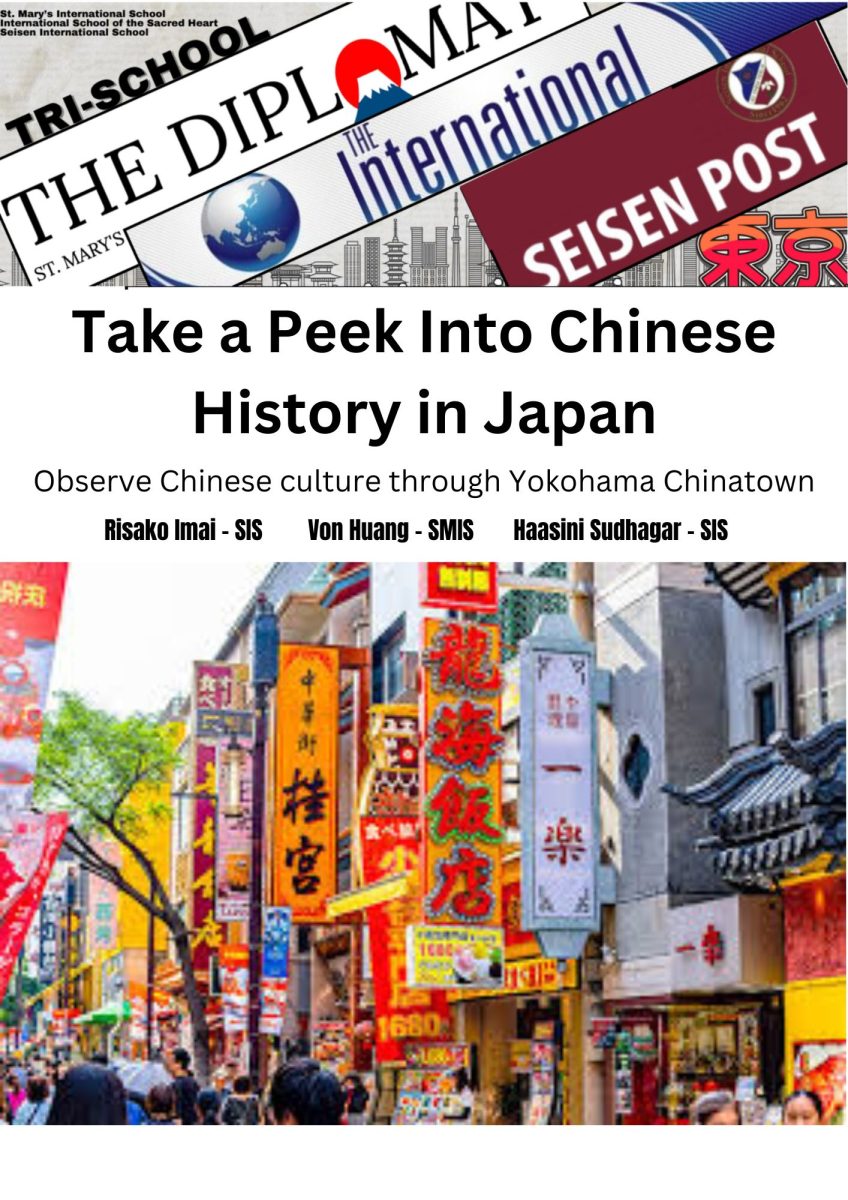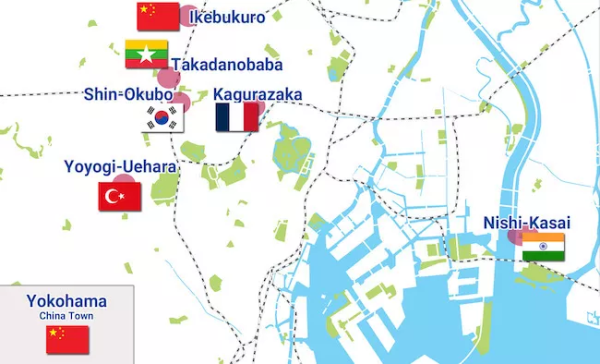
With around 54,000 Indian nationals living in Japan as of December 2024, the Indian community is growing rapidly and playing an increasingly important role across the country. One of the most prominent hubs of this community is Nishikasai in Tokyo, often referred to as “Little India” due to its vibrant Indian population and cultural presence. From technology to culture, Indians in Nishikasai and beyond contribute significantly to various sectors, fostering innovation and cross-cultural understanding. In addition to their influence in IT and engineering, many Indians are also active in education, healthcare, and entrepreneurship. The growing presence of Indian professionals and families in Nishikasai is helping to build stronger ties between Japan and India, serving as a bridge for long-term collaboration and mutual growth.

Despite the number of nationals living in Japan, the history of the Indian community is not known to many people, including many Indians who live in Japan. Many Indians in Japan are involved in a variety of fields, including education, business, and technology, creating strong networks within local communities. Over the years, their cultural influence has also grown, with Indian festivals and cuisine becoming increasingly popular in Japan. However, the community’s deep historical ties and significant contributions to Japan’s development often go unrecognized. Today, Indians in Japan are also active in areas such as academia, with many teaching at universities, and in the arts, where they are bringing unique perspectives to Japan’s creative industries. The rise of Indian-owned businesses, ranging from restaurants to tech startups, further highlights the growing economic influence of the community.

Although many people think that Indians came to Japan recently, their first-ever connection traces back centuries. According to The Hindu, the first Indian to come to Japan was a Buddhist monk called Bodhisena, who lived in the 8th century during the Nara Period. He was from Madurai, a big city in the southern part of India. He traveled to Japan via China after being invited by a Japanese envoy who admired his knowledge of Buddhism. Bodhisena came to participate in the eye-opening ceremony of the Great Buddha at Tōdai-ji temple in 752 CE. His arrival marked the beginning of early cultural and spiritual exchanges between India and Japan, rooted in Buddhism.

According to Fast Offer, a significant portion of the Indian community in Japan is employed in the IT and engineering sectors, with many professionals working for large tech firms or startups. Indian chefs and hospitality workers also play a crucial role in the growing popularity of Indian cuisine, with restaurants thriving in cities like Tokyo, Osaka, and Kyoto. Additionally, the import/export business is another prominent industry for Indians, particularly involving Indian handicrafts, textiles, and electronics. Many Indians in Japan also work as English teachers, while others find opportunities in academia, especially in research fields such as engineering, science, and economics. Entrepreneurship is on the rise, with many Indians running small businesses, including import/export companies, grocery stores, and media outlets tailored to the Indian community.
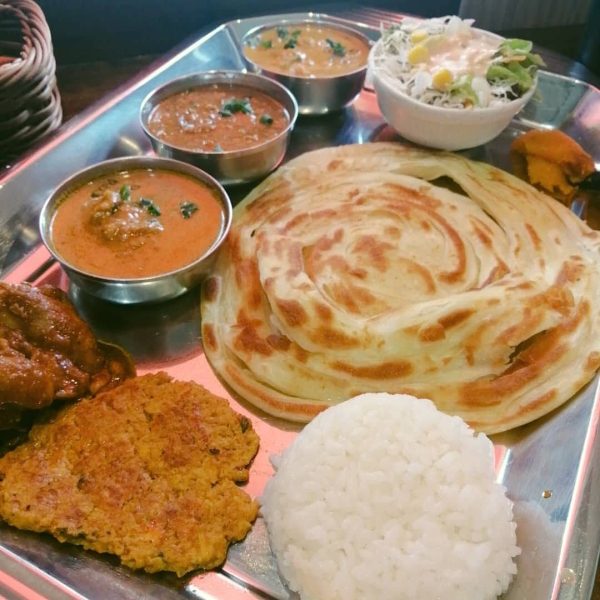
According to the Tokyo Intercultural Portal Site, Many Indians living in Japan are concentrated in major metropolitan areas, with a notable community in Nishikasai, a district in Tokyo. Nishikasai, located in the Edogawa ward, has become a vibrant hub for Indians in recent years, offering a blend of residential comfort and easy access to the heart of Tokyo. This area is home to a growing number of Indian professionals working in sectors like IT, engineering, and education, drawn by the proximity to business districts and international opportunities. While the larger Indian population in Japan is spread across cities like Yokohama and Osaka, Nishikasai stands out due to its strong sense of community and cultural presence. Indian restaurants, temples, and shops dot the neighborhood, and festivals like Diwali bring the community together in celebration. Though the Indian population in Nishikasai is still a small portion of the local demographic, it plays an important role in enriching the area’s cultural diversity and contributing to Japan’s economic life.
The Indian community in Japan, particularly in areas like Nishikasai, Tokyo, has grown significantly, contributing to Japan’s economy and culture in diverse sectors such as technology, education, healthcare, and entrepreneurship. While their presence in Japan dates back to the 8th century, their modern influence—especially in IT, academia, and business—is becoming increasingly recognized. The community has fostered a unique cultural exchange, bringing Indian cuisine, festivals, and traditions to the forefront of Japanese life. Despite facing a lack of recognition for their historical contributions, Indians in Japan continue to build strong networks, enhance cross-cultural understanding, and strengthen ties between the two nations.


